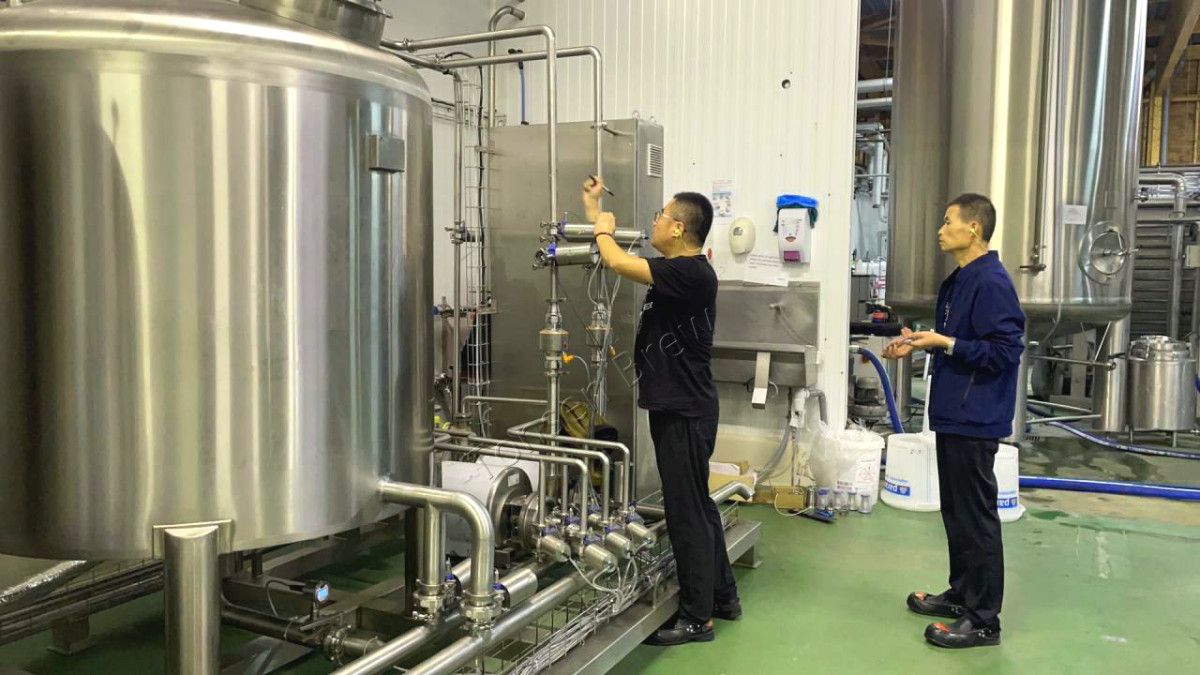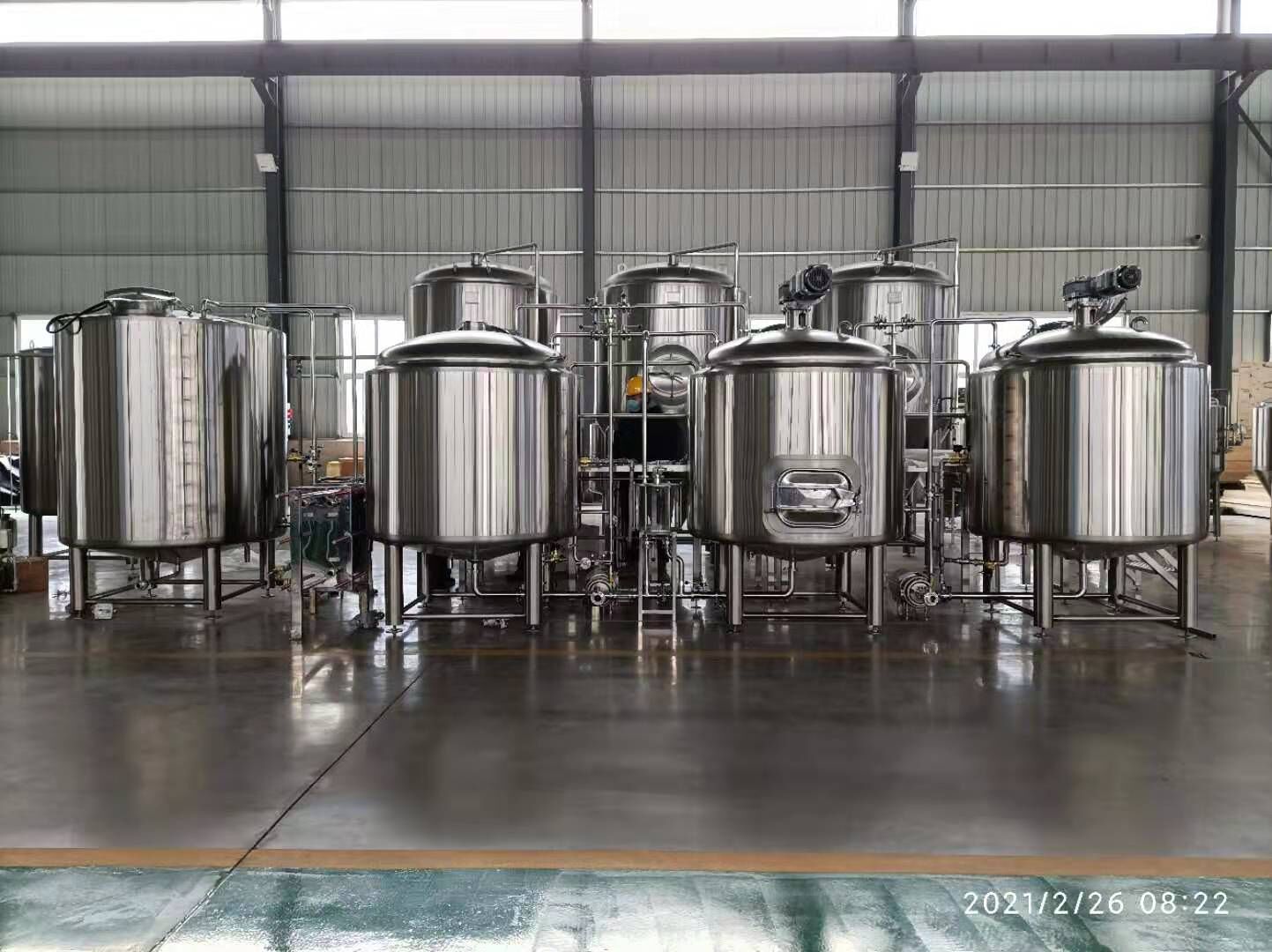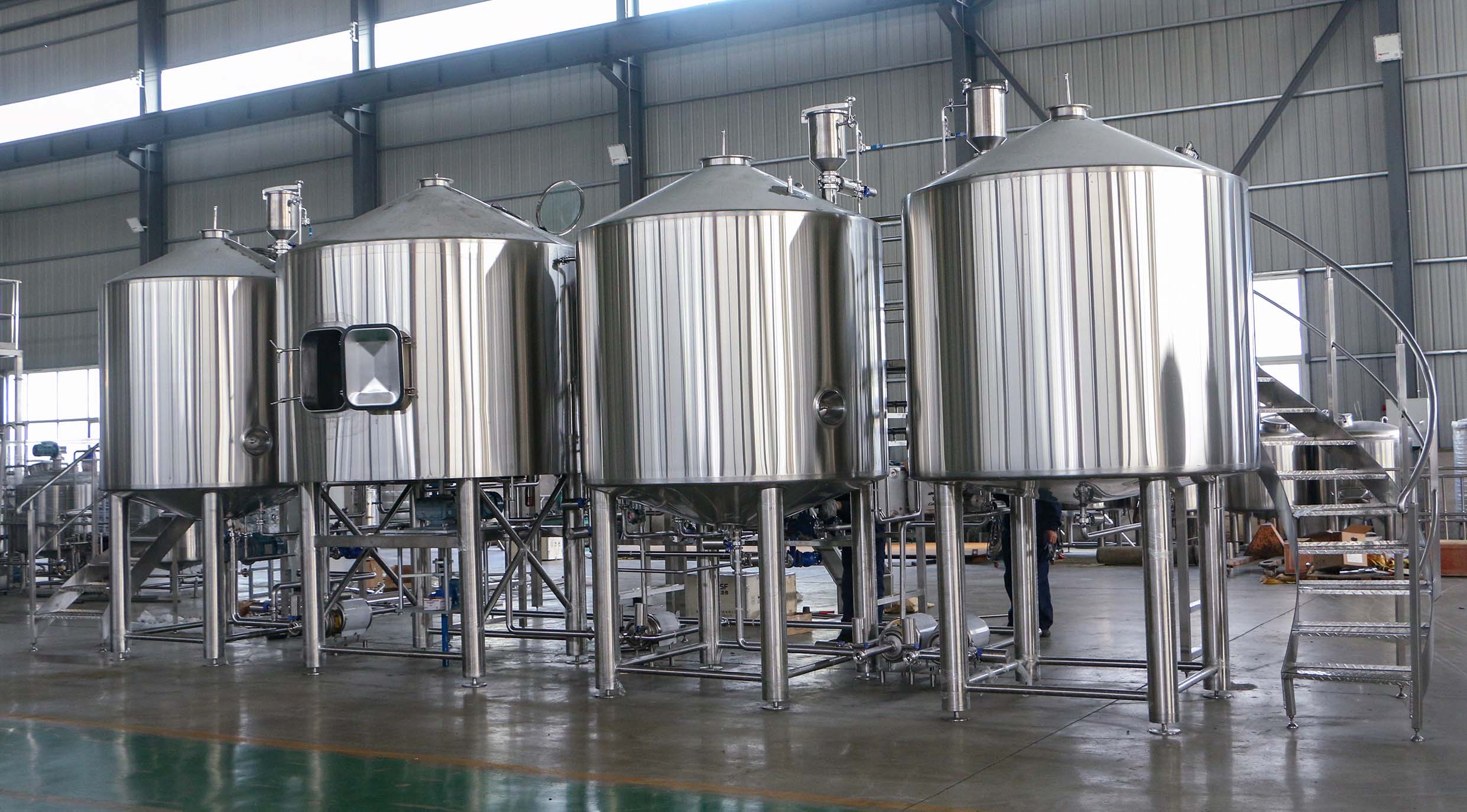RELATED
MESSAGE
How to brew better beer?
1.How to brew better beer: equipment selection and process optimization
May 24, 2025, Beijing - With the rise of the global craft beer craze, improving the taste and quality of beer has become the focus of attention in the brewing industry. The brewing process involves multiple key links, among which the fermentation stage has a particularly significant impact on the flavor. During fermentation, yeast converts wort into beer in a well-controlled environment, and factors such as temperature, pressure and container design determine the final taste of the beer. Industry experts point out that choosing the right fermentation equipment and optimizing fermentation parameters can significantly improve the flavor, clarity and stability of beer.
1. Yeast and temperature management: Different yeast strains are suitable for different temperature ranges; low temperature fermentation (such as brewing lager beer) can improve hop flavor and reduce off-flavors
2. Yeast contact and removal: Modern breweries often use conical fermenters (Conical Fermenter) or unitank fermenters (unitank fermenter) to facilitate efficient separation of yeast precipitation and obtain purer beer
3. Container material and pressure control: Stainless steel Fermentation Vessel (fermentation vessel) is widely used in commercial brewing due to its hygiene and durability, while stainless steel pressure fermenter (stainless steel pressure fermenter) can reduce the production of esters and fusel alcohols, accelerate the carbonation process, and improve the purity of the beer through pressure fermentation
4. Oxygen and cleanliness: Strict deoxygenation before fermentation and precise CIP cleaning system during fermentation to avoid oxidation and contamination, also directly affect the stability and taste of beer.
A set of stainless steel conical fermentation vessels used in modern breweries can precisely regulate temperature and pressure to provide a stable fermentation environment for yeast and ensure consistent beer flavor. The comprehensive optimization of the above factors can make the brewing process more controllable and stable, thereby brewing better-tasting beer.

2.Commercial brewing system: selection differences for breweries of different sizes
Different sizes of breweries have different requirements for commercial brewing systems. Small craft breweries or hotel bars generally choose compact systems at the 1-5 barrel level (1 barrel ≈ 117 liters), with prices ranging from roughly $10,000–$200,000. These breweries usually use integrated brewing pots and small fermentation systems, which are easy to deploy in limited spaces. The selection criteria for "best brewing equipment" are stable systems and easy operation. For example, nano breweries (1–3 barrels) have equipment investments of about $10k–$50k; while micro breweries (5–15 barrels) can choose equipment systems at the $50k–$200k level.
Examples of commercial brewing systems. Such systems include brewing kettles, coolers, and multiple fermentation tanks, and are suitable for medium and large breweries. Large breweries (with annual production of more than tens of thousands of barrels) require a full set of automated systems and supporting production lines, with investment costs of more than one million dollars. These factories tend to use the best brewing equipment - such as multi-tank parallel brewing kettles, fully automatic bottling/filling lines, advanced temperature-controlled fermentation tanks, etc. - to increase production and consistency. Factories of different sizes should consider the following factors when selecting: production scale, budget, site space, and future expansion plans. Small and medium-sized breweries can give priority to modular and miniaturized brewing equipment; large breweries need to customize larger brewhouses and fermentation systems, and equip them with automatic control systems to reduce labor intensity.

3.Main brewing equipment manufacturers and product features
There are many brewing equipment companies active in the global and Chinese markets, which provide a full range of products from small home equipment to large commercial systems. An industry analysis pointed out that companies such as Shandong Tonsenbrew Co., Ltd. provide complete beer brewing production lines, including equipment for each stage such as saccharification, fermentation and packaging.However, companies like Brewery Machine, Meto Equipment, Vdobrew and Senmo Machinery have advantages in different segments (such as automation control, unit brewing equipment, etc.).
1.Tonsen (Tang Chen): Focusing on the manufacture of beer and red wine brewing equipment, it is a well-known complete equipment supplier in China. The company's products range from saccharification pots to fermentation systems and CIP cleaning systems, and it provides special fermentation tanks for wine production.Tonsen (Tang Chen): Focusing on the manufacture of beer and red wine brewing equipment, it is a well-known complete equipment supplier in China. The company's products range from saccharification pots to fermentation systems and CIP cleaning systems, and it provides special fermentation tanks for wine production
(tonsenbrew.com, tonsenbrewing.com) Tonsen's Fermentation Vessel design follows international standards: stainless steel material, with a two-stage cooling jacket, equipped with a pressure safety valve, sampling valve, CIP automatic cleaning ball, etc. Its unitank fermenter (a tank that integrates fermentation and storage) and stainless steel pressure fermenter are designed to improve fermentation efficiency and beer quality. The company claims that its conical fermenter belongs to the "best conical fermenter" level and optimizes yeast collection and precipitation functions.
2. Other manufacturers: For example, Meto (Micet Group) is good at providing highly automated commercial brewing systems that meet high-end process requirements; Brewery Machine and others may focus on providing cost-effective equipment components. Foreign big-name manufacturers (such as Krones, Alfa Laval, etc.) also continue to launch innovative equipment, but in recent years, many cost-effective manufacturers have emerged in the domestic market, which has increased the overall choice space.
4. Brewing equipment cost and procurement channels
The investment cost of brewing equipment varies greatly depending on the material, scale, degree of automation, and age of the equipment. Generally speaking, the equipment required for a small brewing project (nanobrewery) is about hundreds of thousands to hundreds of thousands of dollars, while medium and large breweries may require millions of dollars. For example, a 515-barrel microbrew system costs about $50k–$200k, and a 1,560-barrel medium-sized brewery system is around $200k–$1M. In addition to the cost of the equipment itself, the transportation, installation, and subsequent maintenance costs must also be considered. Key influencing factors include: the material used for the equipment (such as stainless steel is more expensive but more durable), whether it is a new custom-made or second-hand purchase, the degree of automation, and the scale of production.
brewery equipment for sale:
1. Manufacturers and dealers: Directly contacting the equipment manufacturer or its authorized agent is a reliable way to ensure the quality of equipment and service. Many manufacturers provide equipment quotes and technical solution consultation on their websites.
2. Online markets and trading platforms: International B2B platforms such as Alibaba and EquipNet bring together information on the supply and sale of new and old brewing equipment. Through these platforms, buyers can browse products from multiple suppliers, compare prices, and make online inquiries.
3. Second-hand equipment auctions and professional transactions: Craft equipment auctions or second-hand markets (such as EquipNet, BrewBids, etc.) can obtain high-quality equipment at a lower price. For projects with limited funds, such channels are worth paying attention to, but the condition of the equipment must be carefully checked before purchase to ensure that it meets the process requirements.
4. Industry exhibitions and exchanges: Participating in industry exhibitions, beer festivals and other activities, you can inspect equipment prototypes on site and communicate your needs directly with manufacturer representatives. Sometimes when local old breweries update their equipment, they will also look for buyers, which is an opportunity to obtain second-hand equipment.

5.结语:设备与工艺协同提升质量
As mentioned above, the selection of brewing equipment and the optimization of brewing process are the two pillars to improve beer quality. High-quality stainless steel fermentation tanks, precise temperature control systems and automated control can provide a stable fermentation environment for yeast, while meticulous process parameter management (such as fermentation temperature, pressure and fermentation period) ensures the accurate presentation of flavor. Industry insiders believe that breweries of different sizes should configure "best brewing equipment" according to their own needs and continuously improve the brewing process. Only by optimizing equipment performance and production processes in a coordinated manner can we truly brew beer with better taste and higher quality, bringing consumers a better drinking experience.
MESSAGE



